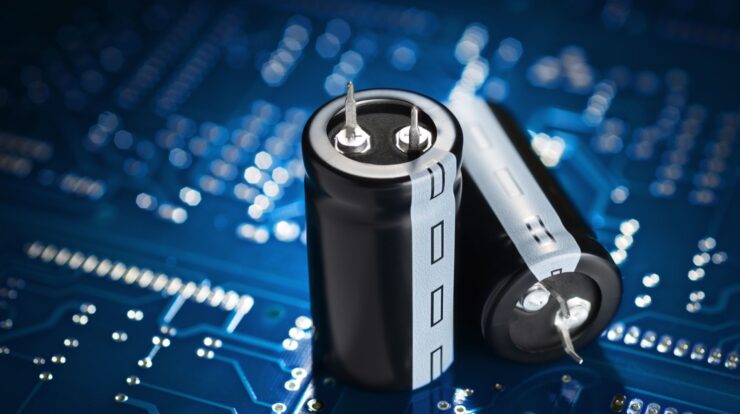
Today, consumer technology largely depends on batteries to meet its energy requirements.
Traditional batteries rely on chemical processes to store power, providing substantial energy density that ensures extended operation of electronic devices. Nevertheless, these batteries face challenges such as sluggish recharge rates and performance decline after only several thousand charge cycles.
By contrast, supercapacitors use
electrical charge separation
To hold energy, they can quickly recharge and endure numerous cycles without deteriorating. Nonetheless, present technology hasn’t overcome the challenge of limited energy density, implying that the stored energy isn’t enough to sustain devices over long durations.
Researchers from the Korea Institute of Science and Technology (KIST) have developed a novel supercapacitor that addresses these issues.
This advanced supercapacitor has the potential to address the energy density problems associated with traditional supercapacitors, which have previously limited their broad usage in areas such as wearable technology and electric vehicles.
“This technology overcomes the shortcomings of supercapacitors by using single-walled carbon nanotubes and conductive polymers.”
“We will continue to develop and industrialize ultra-high-performance carbon fibers based on carbon nanotubes (CNTs),” said co-author of the study, Dr. Bon-Cheol Ku from KIST, in a
press release
.
Improving the framework
Supercapacitors comprise two conductive plates divided by an electrolyte solution (a mixture of charged particles or ions dissolved in a fluid). Upon connecting to a power supply, the ions within this electrolyte disperse with positive charges amassing on one plate. Meanwhile, negative charges build up on the opposite plate.
The energy is stored within an electric field created between the two plates. This ion separation occurs extremely quickly, allowing supercapacitors to charge and discharge at very high speeds.
Since there are no chemical reactions involved,
supercapacitors are exceptionally durable
However, since the energy storage relies on ions, these systems cannot store as much total energy for their size or weight.
The scientists at KIST resolved this issue by developing a composite material that integrates single-walled carbon nanotubes with a conductive polymer known as polyaniline (PANI).
CNTs offer high conductivity and create a strong structural foundation for the device. The PANI molecules function as small power cells, chemically attached to the CNTs across the entire supercapacitor structure.
This configuration improves both the supercapacitor’s energy storage capability and its power output.
Supercapacitor applications
The study revealed that their supercapacitor remained stable in performance even after more than 100,000 charge-discharge cycles. Additionally, the device showed remarkable resilience when operating at elevated voltage levels.
The combined fiber exhibited great mechanical flexibilit,y indicating that its form can be altered throughrolling and folding. Due to these properties, the supercapacitor can serve as an alternative.
existing battery systems
.
The researchers demonstrated commercial feasibility by creating film-like structures using this technology, cutting down production expenses, and simplifying the manufacturing process.
This might allow for quick-charging gadgets, offering extended lifespans compared to what current battery tech supports.
The study findings are
published in the journal
Composites
.





